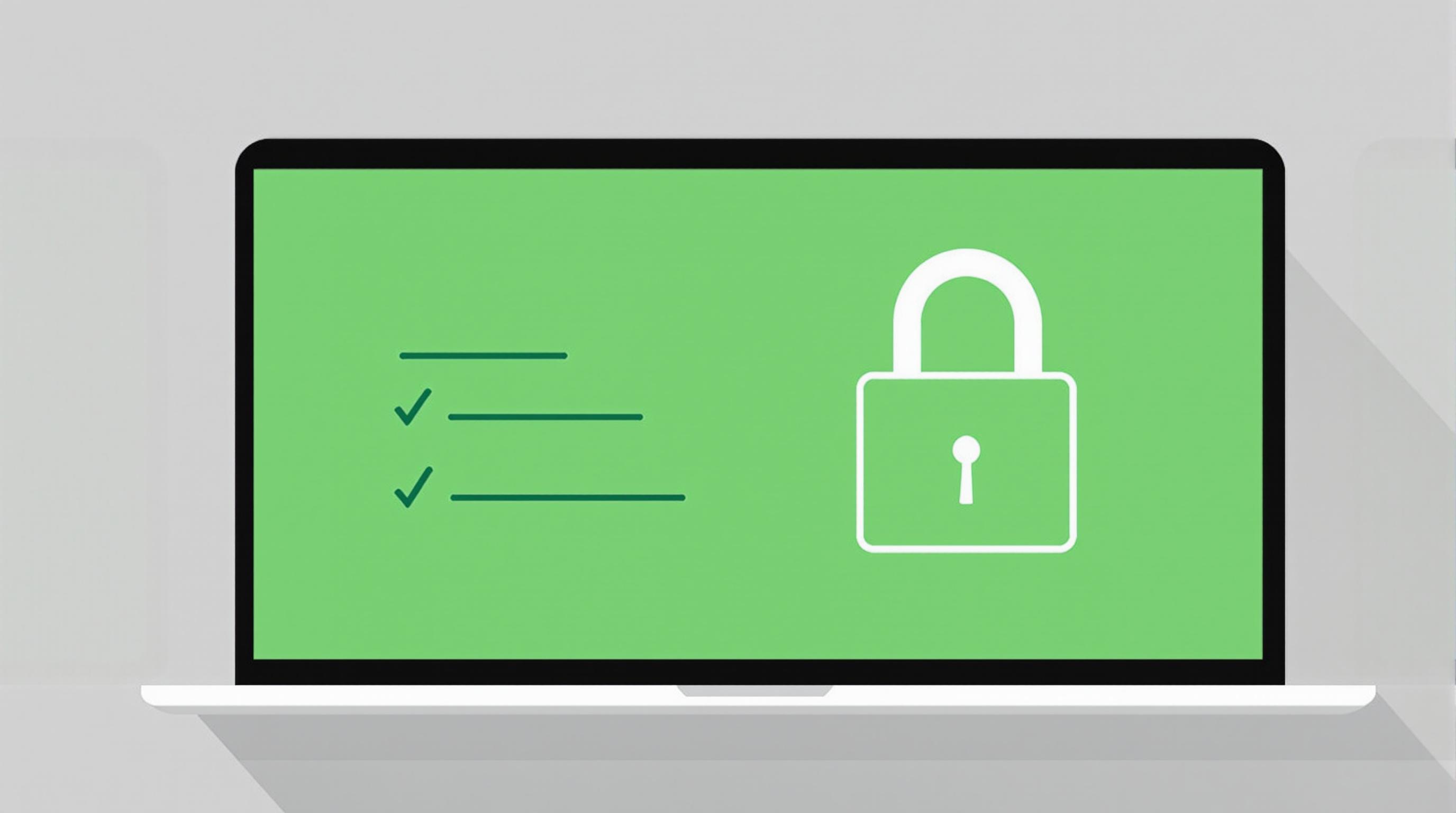Related Articles
- 7 Game-Changing Encrypted Messaging Apps Released Since 2019 That Redefine User Control
- Exploring Quantum Entanglement as a Future Layer of Protection for Connected Devices in Decentralized Networks
- Top 7 Privacy-Focused Cloud Backup Services Released Since 2019 That Redefine Data Control
- Exploring Psychological Barriers That Prevent Wider Adaptation of Dual Verification in Everyday Tech Use
- Top 6 Privacy-Focused Browsers from the Last Five Years That Outpace Giants in Speed and Security
- 6 Lesser-Known Identity Protection Gadgets From the Last Five Years That Actually Outperform Popular Brands
Top 6 Offline Two-Factor Authentication Tools That Keep You Secure When Networks Fail
Top 6 Offline Two-Factor Authentication Tools That Keep You Secure When Networks Fail
In an ever-more connected world, offline two-factor authentication stands as a crucial safeguard when networks fail. This article explores the top six tools that secure your digital life without relying on internet access.
Vetting the Offline Fortresses: Google Authenticator
Google Authenticator is arguably the most popular offline two-factor authentication (2FA) tool and with excellent reason. Available on both Android and iOS, it operates entirely offline and generates time-based one-time passwords (TOTPs) that sync with your accounts.
Its simplicity and widespread adoption make it a go-to for many users ranging from casual online shoppers to professionals. According to a 2020 Google Security blog, accounts with 2FA enabled are 99.9% less likely to be compromised. That's an eye-opening number that shows the importance of tools like this.
One security analyst once remarked that even when disconnected from the grid, Google Authenticator remains “a silent guardian, tirelessly generating passcodes that keep hackers at bay.” Its straightforward UI means even users who ‘aren't tech-savvy’ can manage their codes effortlessly.
The Story of Air-Gapped Security: YubiKey
Alistair, a 43-year-old journalist who covers cybersecurity, swears by his YubiKey when traveling to high-risk zones with unreliable networks. “It's like carrying a digital lock and key that doesn’t need Wi-Fi or cellular signals to work,” he explains.
YubiKey by Yubico is a hardware token that supports various protocols including FIDO U2F, Smart Card (PIV), and OTP. Because it plugs in physically via USB or NFC, it bypasses the need for network connections entirely.
In one case study, a major government agency switched to YubiKey and reduced phishing-related breaches by over 80% within the first year of implementation.
Breaking It Down: What Makes Offline 2FA Necessary?
Imagine you're in the middle of a natural disaster — floods or hurricanes have knocked out internet and mobile networks nationwide. Many authentication methods rely on receiving an SMS or a push notification, both of which would fail.
Offline 2FA tools generate codes based on cryptographic algorithms that don’t need to ‘call home.’ This offline reliability means you retain access to your crucial accounts without depending on an external connection.
For students, remote workers, or travelers in connectivity blackspots, offline 2FA is not just a convenience but a necessity.
A Look at Authy’s Offline Mode
Authy, often praised for its user-friendly interface and cloud backups, also shines when offline. Though it syncs securely to the cloud, its locally stored tokens generate authentication codes without internet once set up.
For younger users getting their first smartphones, Authy offers a neat balance of ease and advanced security. It also provides multi-device syncing — so if you lose your phone, access isn’t cut off entirely.
Security Note: Beware of SMS as 2FA
Many still rely on SMS texting for two-factor authentication, but this method has known vulnerabilities such as SIM swapping that led to identity thefts worth millions annually. A report by the U.S. Federal Trade Commission in 2022 highlighted SIM hijacking as an emerging threat, increasing 400% over the past five years.
Offline authentication tools sidestep this risk completely by not relying on telecommunications providers.
FreeOTP: The Open Source Champion
Developed by Red Hat, FreeOTP embraces open source principles to provide a secure, free offline 2FA app. It supports TOTP and HOTP standards, compatible with dozens of major platforms from GitHub to Dropbox.
As a 25-year-old university student who loves digital freedom noted, “I like using FreeOTP because it feels transparent — I can trust what the code is doing under the hood.”
Open source tools contribute to greater community scrutiny, enhancing security against supply chain attacks.
How Offline 2FA Tools Fit into Your Cybersecurity Strategy
Think of your cybersecurity like a fortress. Passwords are walls. Offline 2FA are the soldiers standing guard, ready even if the alarm system (internet) is down.
Experts recommend always enabling 2FA, preferably using offline tools, especially for your email, financial, and professional accounts. Many breaches stem from compromised credentials that 2FA would have blocked.
Backup Codes: The Emergency Safehouse
While not a tool per se, backup codes provided when you enable 2FA deserve mention. They act as emergency keys when your device is lost or offline tools malfunction.
Keep them printed or stored securely offline — a password manager or a bank vault are good options to ensure they’re accessible but protected.
Microsoft Authenticator: More Than Just Microsoft
Though it began as a tool focused on Microsoft products, Microsoft Authenticator has evolved into a versatile offline 2FA app compatible with most accounts supporting TOTP.
Its intuitive interface appeals to older users, like Elaine, a 62-year-old retiree, who says it “makes me feel confident managing my online banking without a hint of confusion.”
Did You Know?
According to a 2021 Norton Cyber Safety Insights report, 81% of breaches could be prevented by multi-factor authentication (MFA). Offline tools, a subset of MFA, add the resilience factor necessary during outages and attacks targeting networks.
Wrapping Up the Debate: Which Tool Should You Pick?
The answer depends on your personal needs. For pure offline convenience, Google Authenticator and FreeOTP provide lightweight apps free of cost. Hardware tokens like YubiKey add an extra layer but at a price.
Authy and Microsoft Authenticator offer hybrid solutions for users wanting backup and cloud sync with offline capabilities. No matter your choice, integrating any of these tools into your security routines fortifies your defenses in an unpredictable digital landscape.
Final Thoughts: Security Without Borders
Offline two-factor authentication tools represent a bulwark against an increasingly turbulent cyber environment. Whether it’s a network failure, global outage, or targeted attack, they secure your access points without the fragility of connectivity.
Empower yourself by adopting these tools today — because when the network fails, your security should remain unstoppable.
Article written by Greg, a 37-year-old cybersecurity enthusiast and writer.




